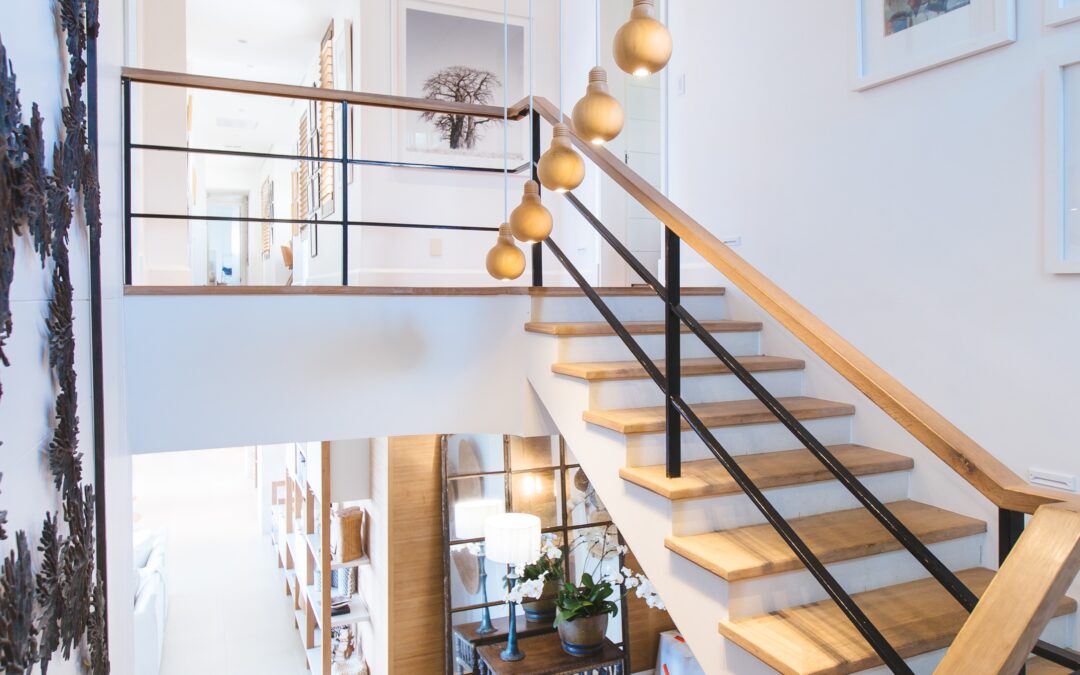The luxury market presents a lucrative opportunity for interior designers and contractors. But gaining a foothold requires understanding and appealing to affluent demographics through targeted branding, networking, marketing and services. This article will explore key strategies to attract luxury clients and increase high-end projects.
Defining the Luxury Market Demographics and Psychographic
The first step is identifying the specifics of the luxury market clientele. Typical demographics include high-income individuals aged 40-60 with graduate degrees and abundant disposable income. But you also need to understand the psychographic profile centered around the desire for exclusivity, personalized design, exceptional quality, and status. Know that luxury consumers prioritize customized spaces reflecting personal heritage and lifestyle over following temporary trends. Your brand messaging and portfolio should aligned with these service values and demographics to resonate with luxury prospects.
Creating a Luxury Design Brand and Portfolio
You want to establish an elite brand identity through a luxury market focused website and portfolio presenting bespoke, high-end designs. Curate an online portfolio displaying past unique, specialized projects highlighting premiere styles popular with affluent clients like modern minimalism and chic transitional spaces rich with antiques. It is important to showcase one-of-a-kind pieces from exclusive collections and manufacturers. This conveys your capacity to source and incorporate rare luxury materials and fixtures while meeting client desires for new and heirloom-quality furnishings communicating pedigree, taste and heritage.
Networking with Luxury Real Estate Agents and Developers
Leveraging connections with luxury residential agents and developers provides a pipeline to wealthy homebuyers and expanded branding reach. Aim to partner on model home staging for new developments to showcase design talents to potential future individual clients. Likewise, giving educational design talks at high-end properties during open houses establishes expertise while networking with agents who can refer appropriate clients. As an authority in the luxury market, you should also sponsor prominent industry events, awards programs, or luxury magazine profiles. This expands professional contacts and visibility among both influencers and consumers.
Digital Marketing for Luxury Audiences on Social Media
Your social media presence and digital marketing must also be adapted to resonate with luxury market demographics for generating leads. Share behind-the-scenes project images conveying prestige along with curated inspiration content that reflects current trends popular with upscale homeowners. Hashtags like #luxlife, #luxurydesign and #bespokestyle help posts surface in luxury feeds. Influencer partnerships and sponsored social content focused on luxury living reach aspirational demographics who value the exclusivity and status that your brand offers.
Specialization in Luxury Design Services
Position your firm as a specialist in high-end design to justify elevated commissions and fees. Develop personalized design packages focused on concierge-style services with direct principal collaboration for each job. Expand capacity for sourcing rare materials from premium vendors to deliver incomparable spaces. Consider niche expertise such working with antiques or heritage structures requiring a meticulous restoration approach common among old family estates and castles. These specialized services make your firm an obvious choice for affluent homeowners seeking to imbue heritage and taste reflecting personal status and values.
Delivering a White-Glove, VIP Client Experience
Finally, conveying an exceptional luxury experience builds lasting client retention and referrals. Design custom welcome packages with brand materials as well as considering VIP perks like exclusive invites to by-appointment home fashion shows or designer networking events. Quick response times and seamless communications also cater to service expectations of busy high-powered executives. Follow up a completed project with special client appreciation events at designer showrooms. Consistently exceeding service expectations strengthens your brand reputation with consumers who value exclusive treatment over any single project cost during a renovation.
Conclusion
Attracting luxury interior design clients is a nuanced but lucrative territory for pros who invest in understanding and providing customized services to wealthy homeowners. When renovating significant properties, you need to align your brand image, portfolio works, networking channels, and high-end offerings to the demographics seeking pedigree taste and exclusivity. Designers can realize reputational returns beyond immediate project margins by becoming specialists in luxury spaces. So follow the tips here and start elevating your clientele today.
FAQs:
Q: What defines the target audience for luxury interior design?
A: Typical demographics include high-income homeowners aged 40-60 with graduate degrees and abundant disposable income who value exclusivity and status symbols.
Q: How can you showcase design talents to potential luxury clients?
A: Partnering on model home staging and giving educational talks at luxury properties during open houses establishes expertise and networks with key influencers.
Q: Why specialize services for the luxury market?
A: Position your firm as specialists in high-end design with concierge services and access to rare materials to justify elevated fees expected from affluent clients.
Q: How can digital marketing attract luxury prospects?
A: Share prestige content and use luxury-relevant hashtags so branded posts surface with affluent demographics on social media.
Q: Why is an exceptional client experience important?
A: Exceeding service expectations strengthens reputation with high-end clients who prioritize exclusive treatment over individual project costs.
Photo by Jason Briscoe on Unsplash


